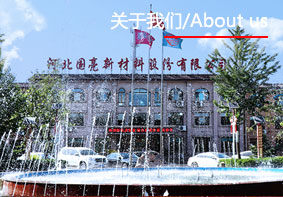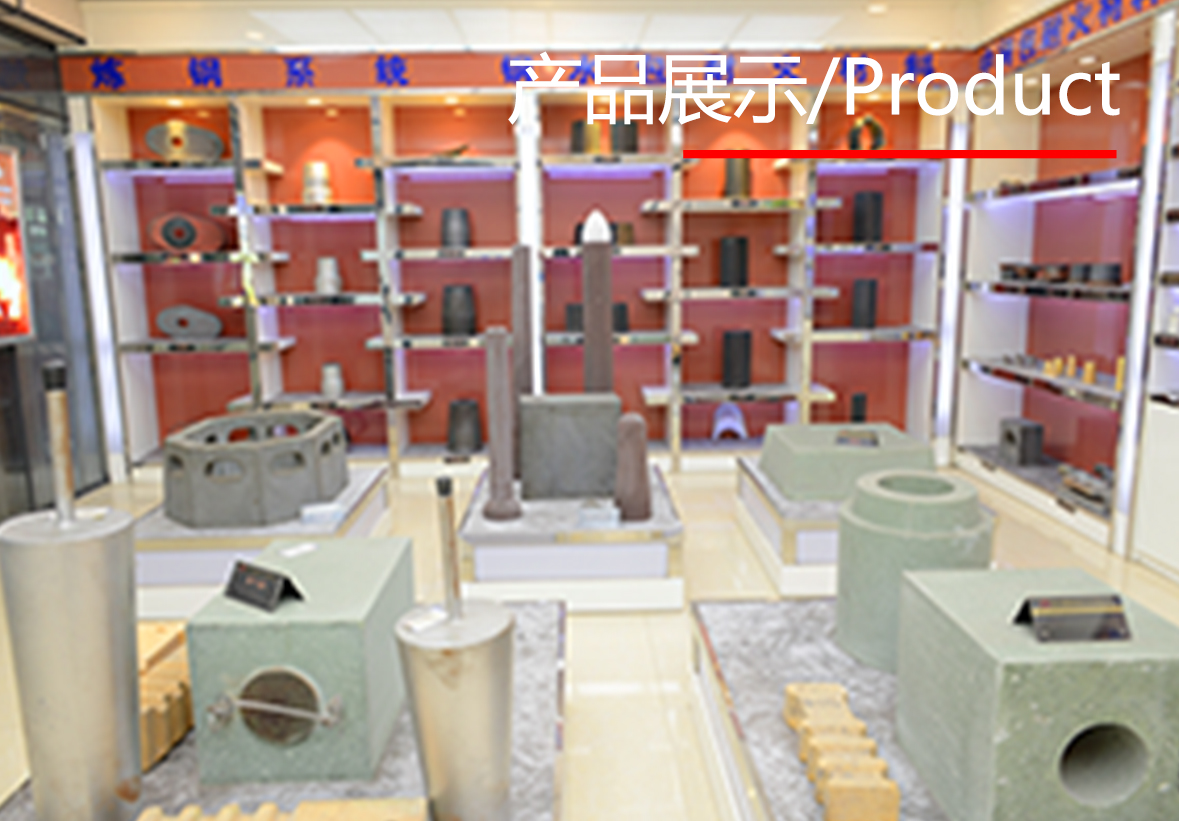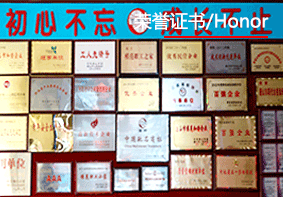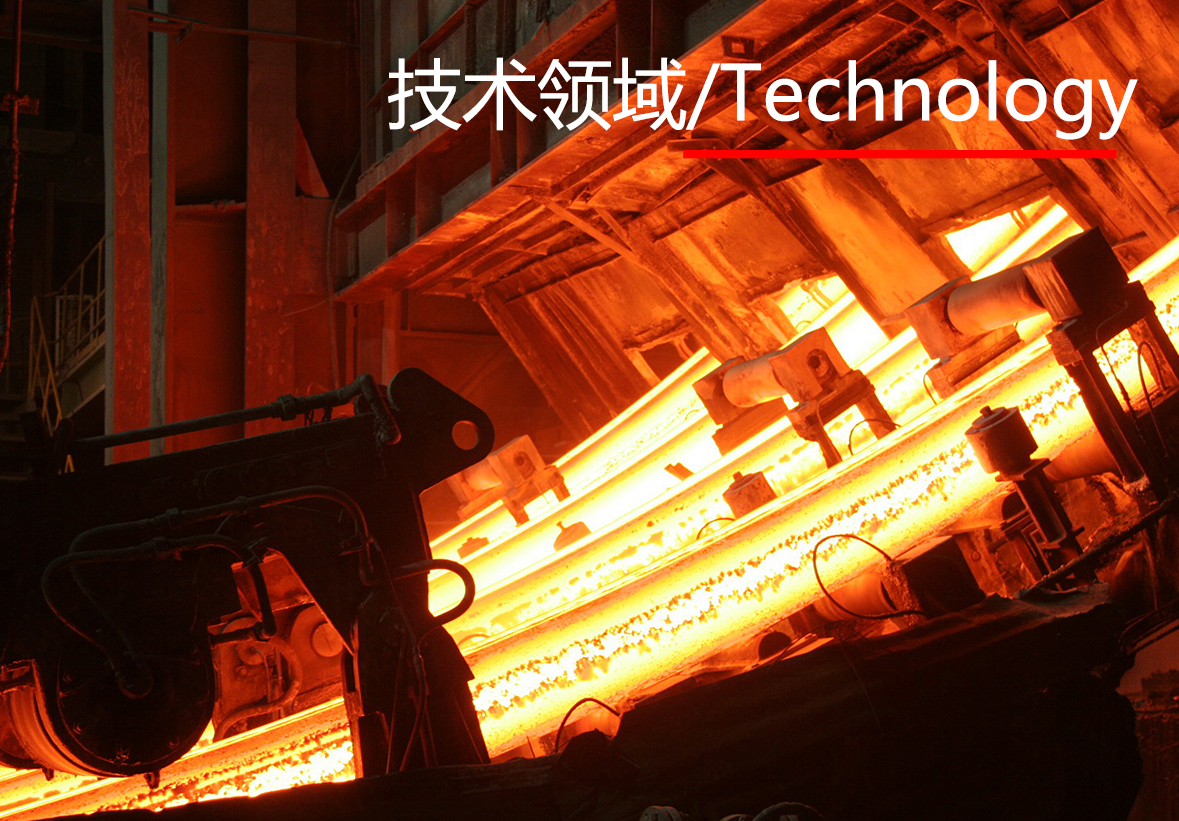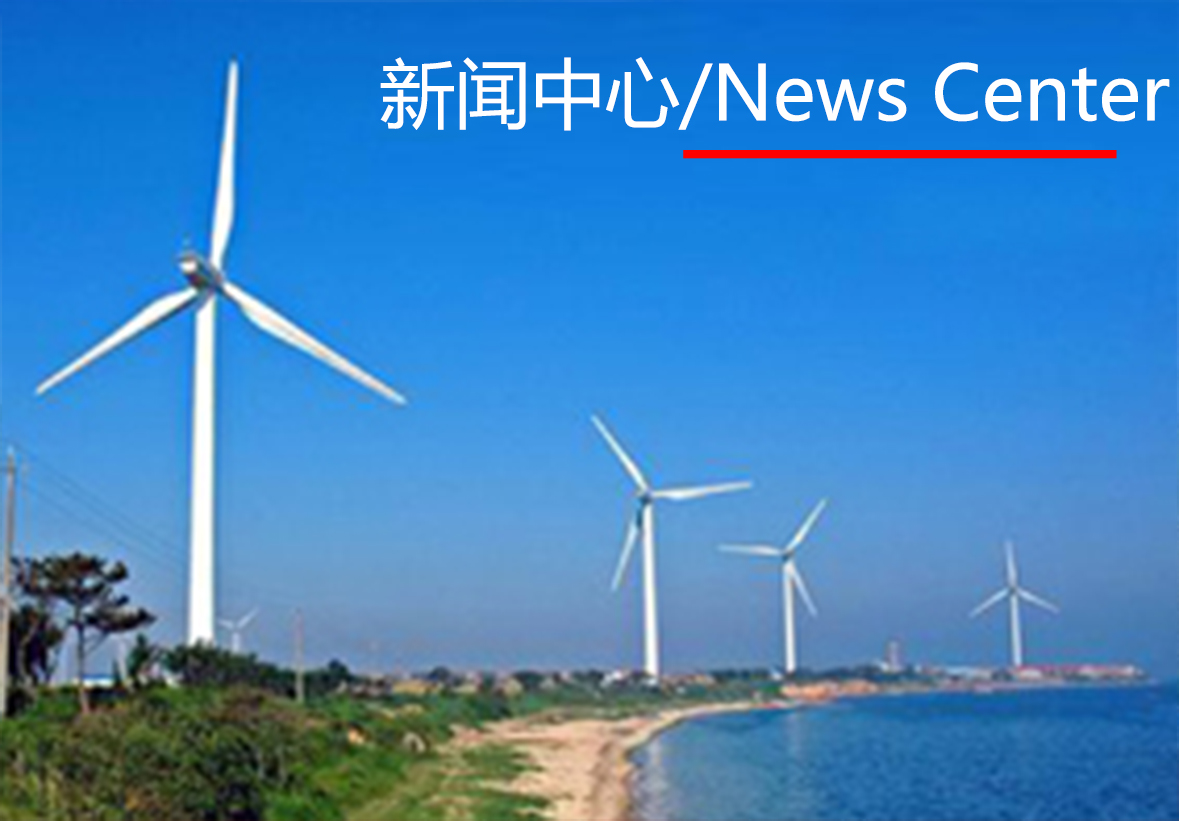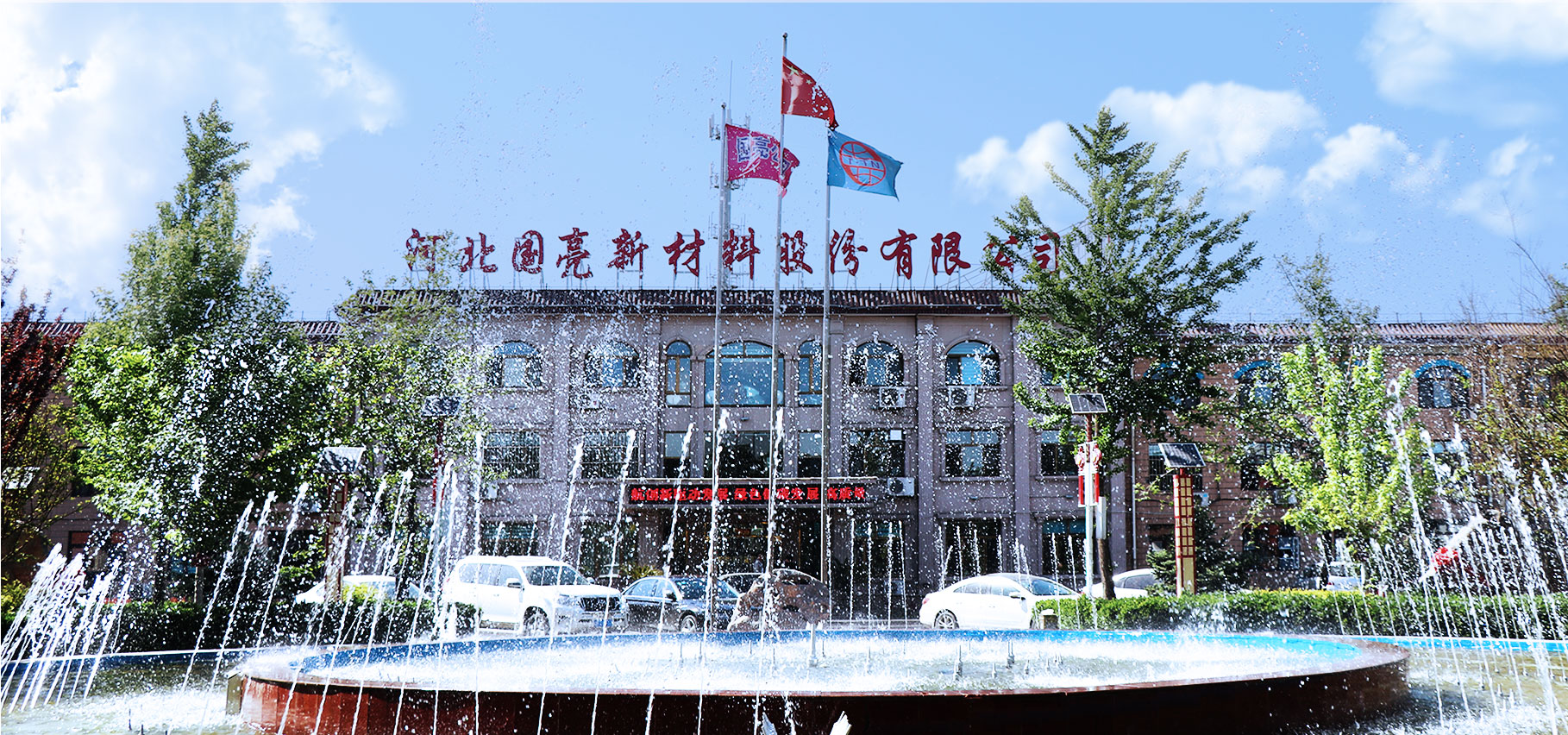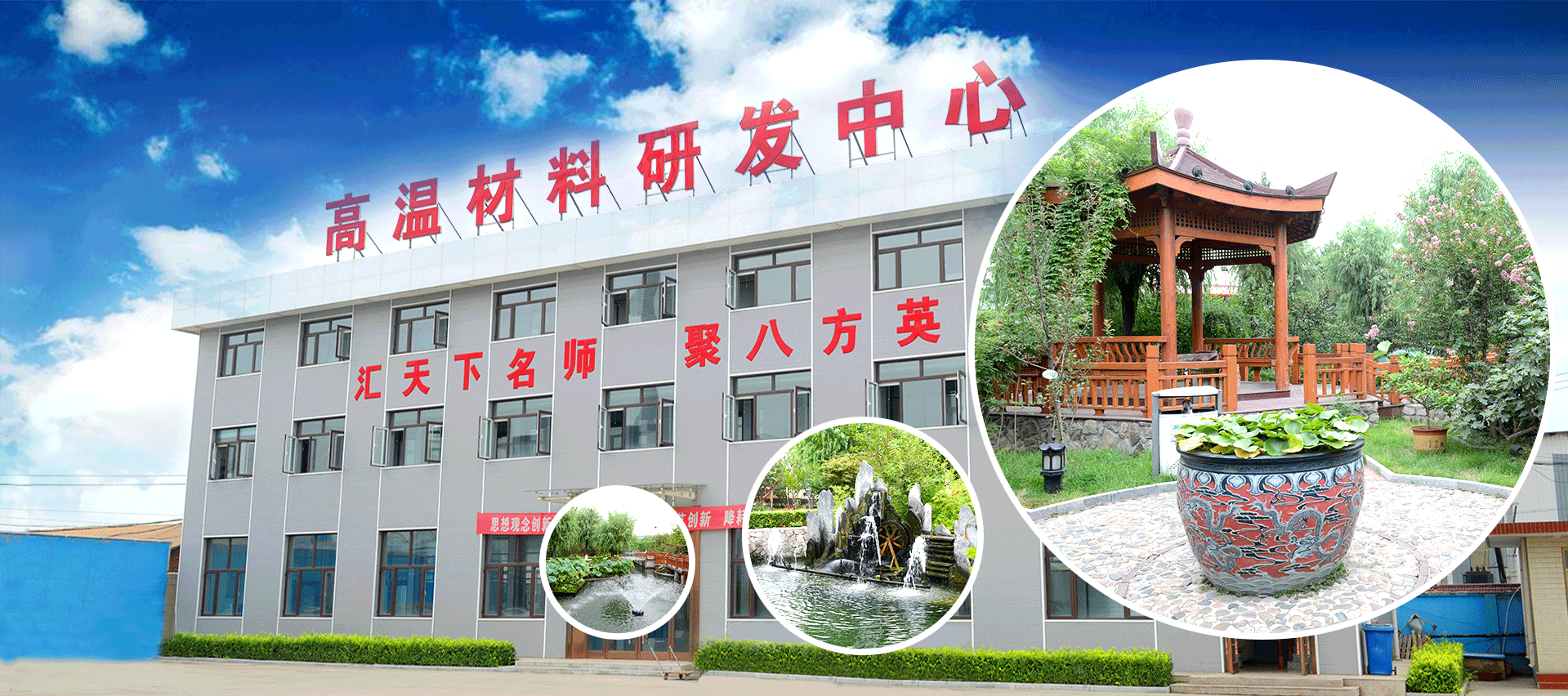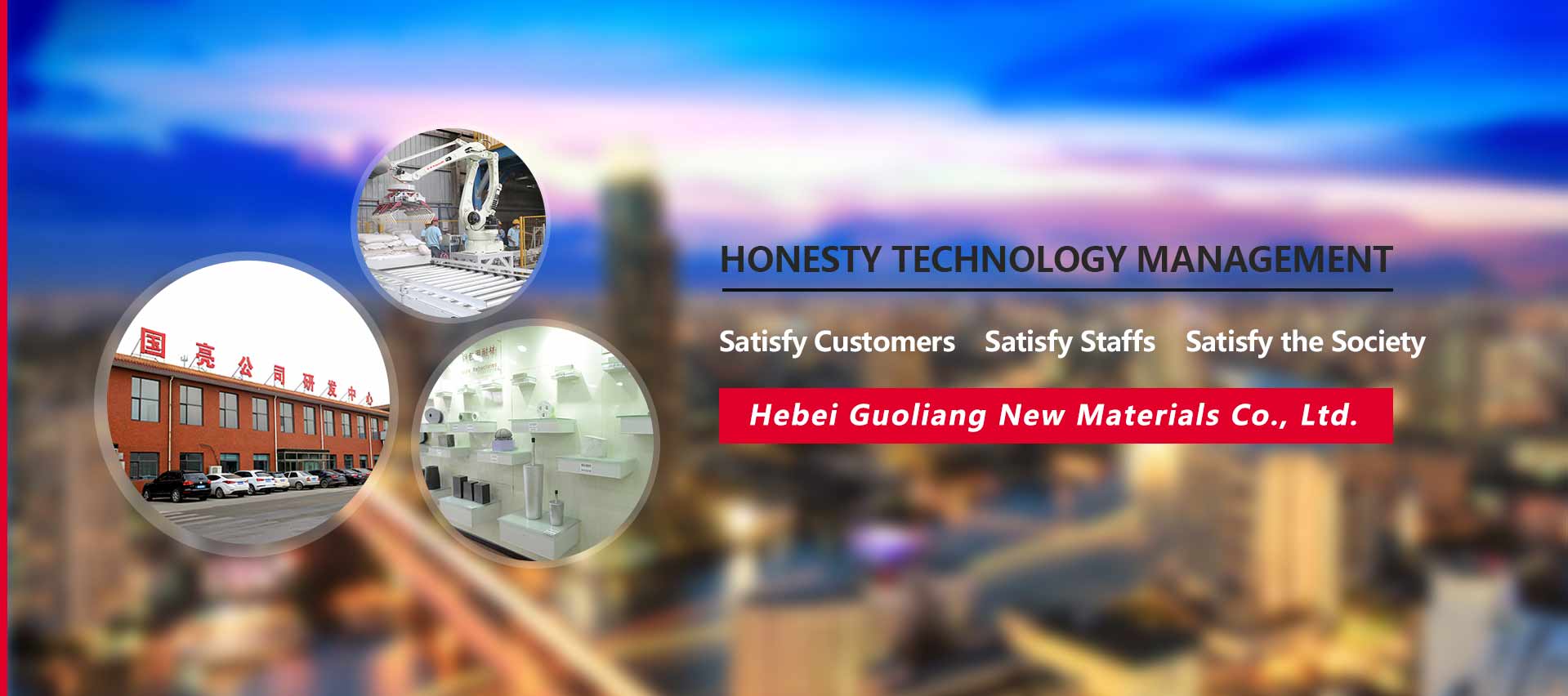Utilization of waste heat after recovery of refractory materials
With the gradual implementation of the national environmental protection policy, the original coal-fired kiln in the domestic refractory industry is about to end its historical mission, replaced by a new type of kiln with clean natural gas, liquefied petroleum gas, light diesel oil, urban gas, producer gas and other major energy sources. However, China is a big coal-producing country, refractories are high energy-consuming large households, some low-grade refractory production and production of large refractory enterprises or take producer gas as fuel to ensure the supply of fuel and production cost control. Therefore, the refractory industry has developed hot gas tunnel kiln, hot gas intermittent reverse flame kiln group, hot gas intermittent shuttle kiln group and so on.
Because of the different structure and thermal process of the kiln, the flue gas temperature of the intermittent kiln is five times higher than that of the continuous tunnel kiln. Generally speaking, the higher the gas temperature, the greater the proportion of heat loss. If the gas temperature is 1093 degrees, the heat loss will reach 55%. When the gas temperature is 1427 degrees, the heat loss will reach 70%. For a hot gas intermittent inverted-flame kiln firing refractories, the experimental data show that the sensible heat taken away by flue gas from the kiln accounts for about 35%-40% of the total heat expenditure of the kiln. Without any heat recovery measures, the heat balance calculation results show that the thermal efficiency is only 10%-15%. This is a great loss of heat. Therefore, the utilization of flue gas heat is a very important energy recovery work.
Setting up heat exchangers in flue is an important means of waste heat recovery. The hot air obtained by heat transfer can be directly sent to the burner as combustion-supporting air, or it can be diluted and transported to the product embryo drying kiln for drying medium or other use, so that the kiln's thermal efficiency can reach 30% or higher.
When the heat exchanger is used to preheat the air in the sintering system and the combustion air is used as the combustion-supporting air, the thermal efficiency of the kiln can be improved, the fuel consumption can be reduced, and the energy-saving effect can be achieved. In addition, the flame temperature can be increased, the heating efficiency can be increased and the heating time (firing cycle) can be shortened when high temperature combustion is organized. And because of the expansion of hot air volume, the velocity of the burner outlet increases, accelerates the gas circulation in the kiln, and contributes to the uniform temperature in the kiln. The data show that when the preheated air temperature reaches 220~250 degrees, the fuel consumption can be reduced by 6% to 8%. At the same time, the different combustion temperature has great influence on the flame temperature. Even if the gas is not preheated, the combustion temperature of the gas increases significantly with the preheating temperature of the combustion-supporting air. This not only solves the problem of low firing temperature, but also plays an important role in energy conservation and consumption reduction for enterprises.
In the production of batch kiln, because the fuel is changed with the heating stage, the amount of flue gas produced by the fuel is also changed. In the stage of fire, the flue gas and temperature produced by the increase of the amount of fuel per unit time will inevitably increase, so the use of preheated air combustion is just suitable for the requirements of combustion. Metal tube heat exchangers are widely used in production. Due to high temperature oxidation and mechanical performance limitations, the maximum operating temperature is generally limited to less than 500 degrees Celsius because of its low life (about 0.5 years). The service life of the metal tube is only about one year. With stainless steel or heat-resistant cast iron, the maximum temperature is generally below 900 C. But because of its high price, the user can not afford it. The flue horizontal ceramic heat exchanger developed and designed by Beijing Zhonglunjiye Science and Technology Development Co., Ltd. can work safely and reliably even if the flue gas temperature is as high as 1300 ~C because of its clay and good corrosion resistance. Because the fuel is producer gas, the chimney bricks will not be blocked. The service life can be more than 10 years. Designed to ensure heat transfer efficiency, the heat transfer area is as large as possible (such as a set of square inverted-flame kilns with a heat transfer area of about 230 m2) and the volume is huge, but the site conditions allow, one-time investment is saved, and the resistance of the flue system is generally about 147-196Pa. The height of the chimney can be selected accordingly (generally around 50 m).
The new type of fuel can be recovered and utilized again, which is a good resource conservation.


